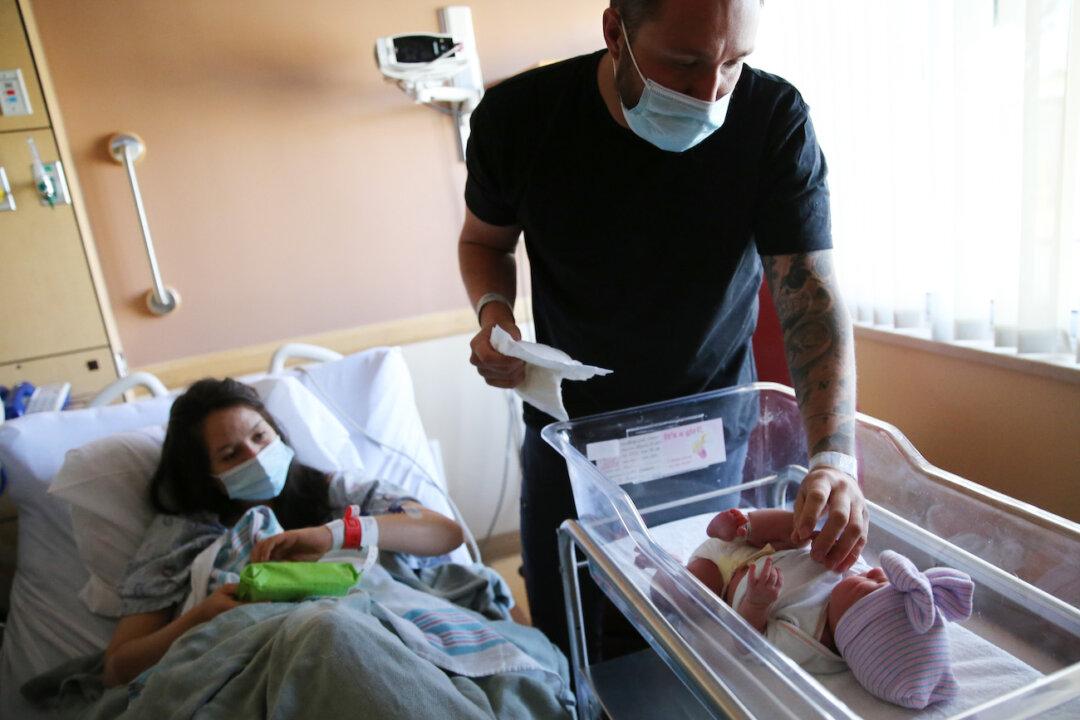The United States in 2020 saw the lowest number of births since 1979 and an ongoing decline in birth rates, according to the U.S. Centers for Disease Control and Prevention (CDC).
The agency estimated some 3.6 million babies were born in the country in 2020—down 4 percent from 2019. This marks the lowest number of births since 42 years ago, as well as the sixth consecutive year that the number of births has declined—down an average of 2 percent per year.




